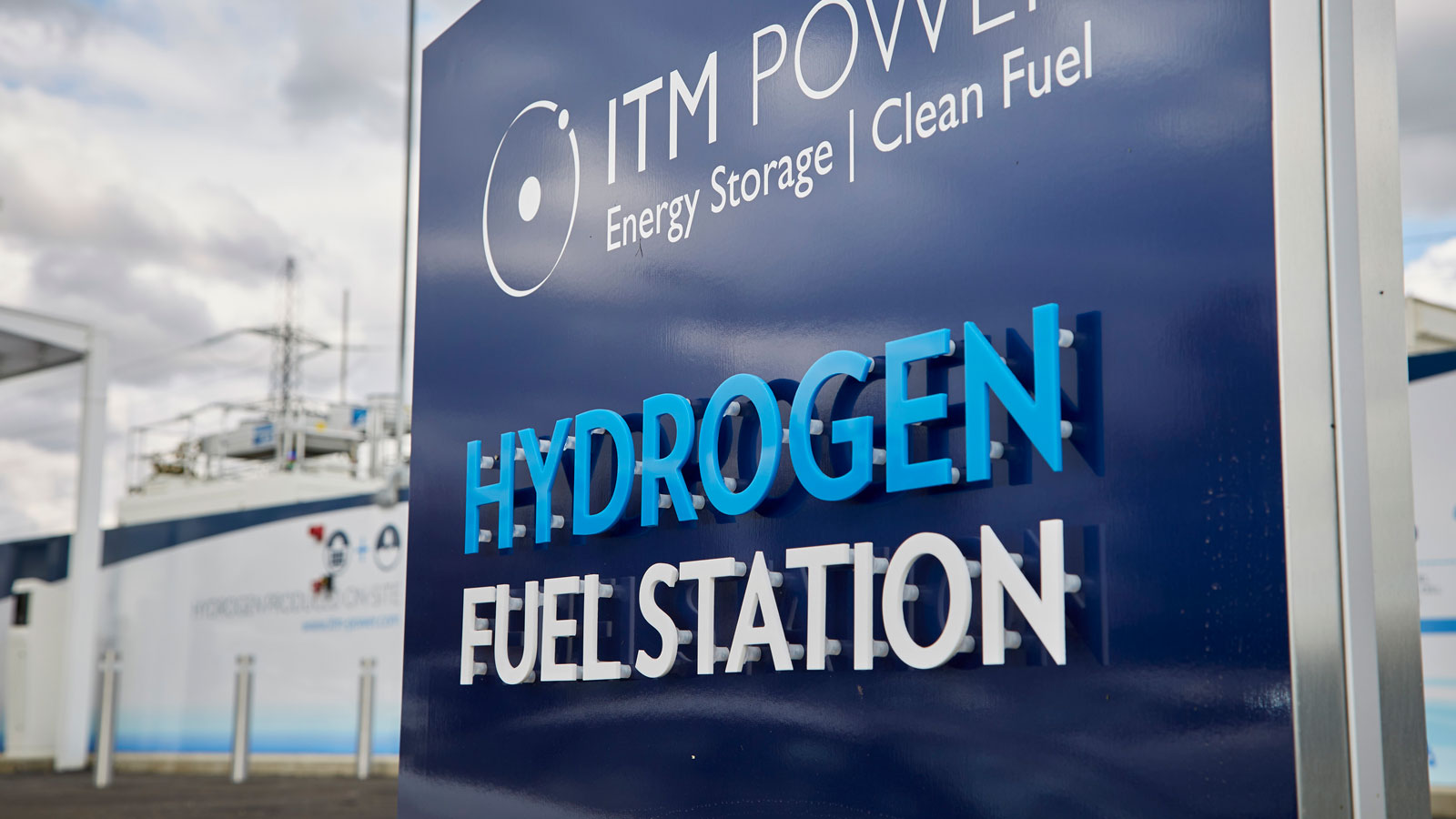Hydrogen fuel burns clean, so it has potential as a low-carbon energy source — depending on how it’s made.
Today, most hydrogen is known as “gray”hydrogen. It’s derived from natural gas using an energy-intensive process that emits a lot of carbon dioxide.
“Blue” hydrogen is sometimes touted as a clean alternative.
It’s essentially the same as gray hydrogen, but the carbon dioxide emissions are captured during production, so they’re kept out of the atmosphere.
But Mark Jacobson, a professor of civil and environmental engineering at Stanford, warns that blue hydrogen is not really a climate-friendly option.
That’s partly because it still relies on natural gas. And producing and piping natural gas is a major source of climate-warming methane leaks.
However, Jacobson says there is a better way to make hydrogen fuel.
“The easiest way to produce hydrogen is just to pass electricity through water,” he says. “And if you generate the electricity with clean renewable energy like wind or solar power, then the whole process of producing the hydrogen is clean, and that’s called ‘green’ hydrogen.”
As solar and wind power get cheaper, so will the cost of green hydrogen. So Jacobson says it’s a more promising path forward than gray or blue.
Reporting credit: Sarah Kennedy/ChavoBart Digital Media and Diana Madson
Source link


